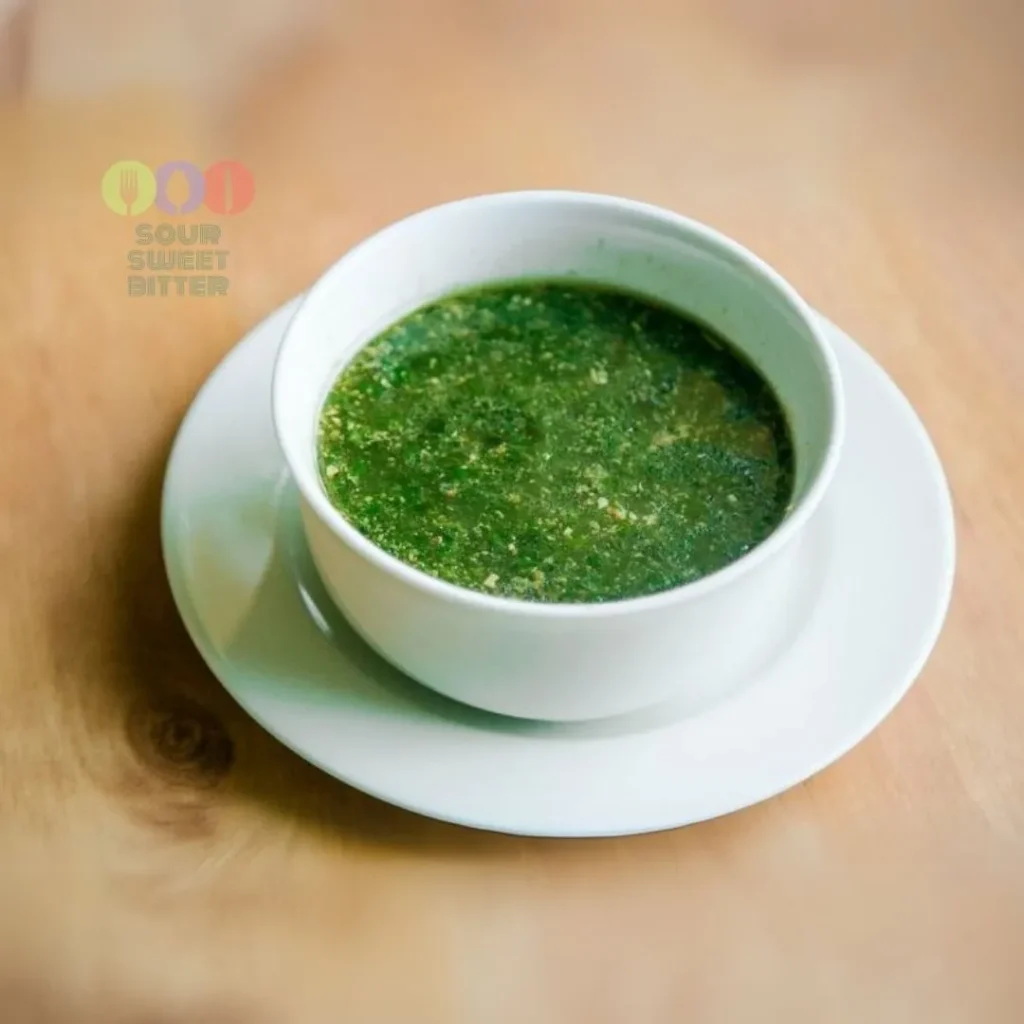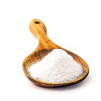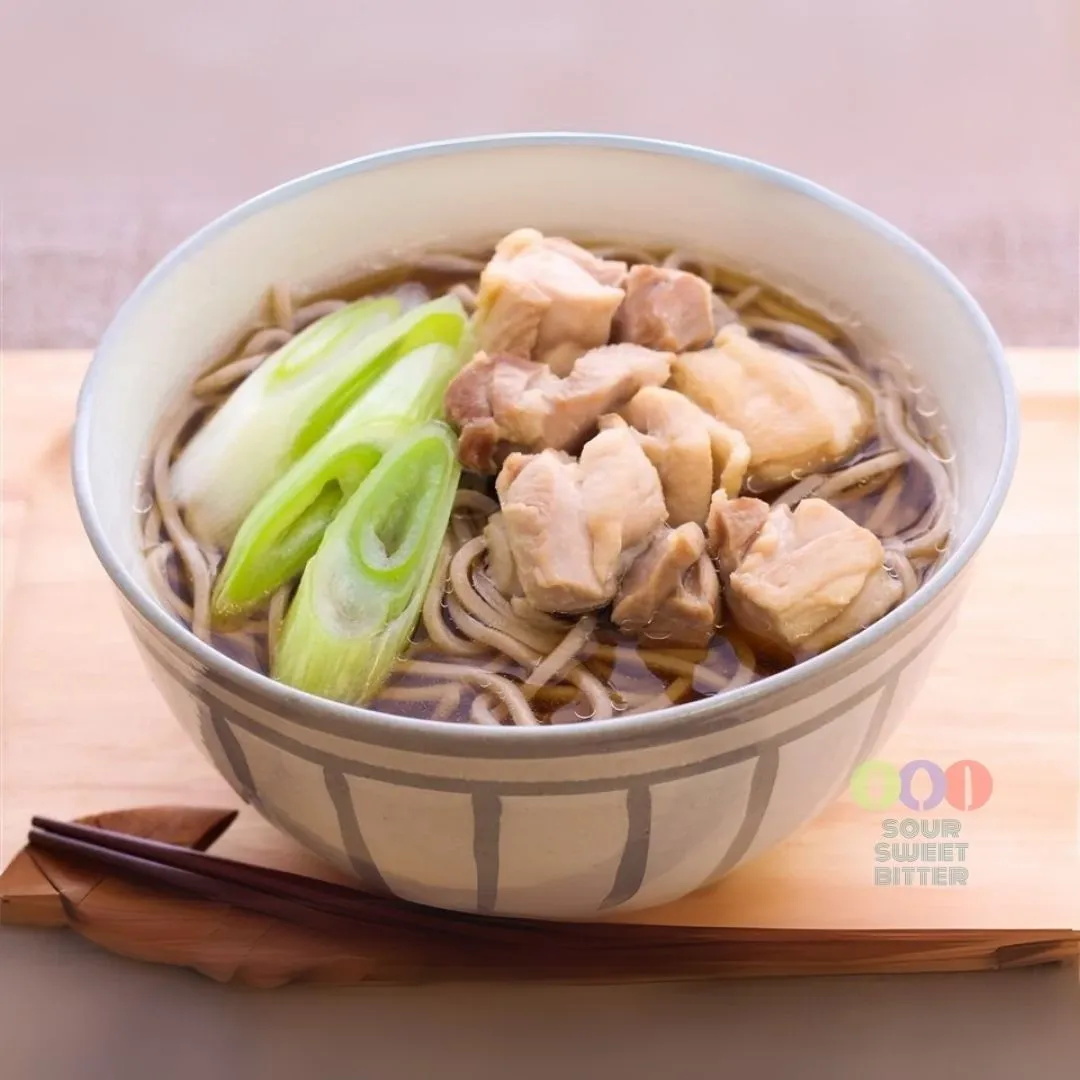Molokhia: Egypt’s Timeless Green Treasure
An Ancient Dish with Pharaonic Roots
Molokhia, a vibrant green stew made from finely chopped jute leaves, has roots as deep as the Nile. Ancient Egyptians are believed to have enjoyed this nutrient-rich dish. It has stood the test of time, remaining a staple on tables across Egypt and beyond. Historians suggest its name comes from the Arabic word mulukiyya, meaning “for the royals.” Many believe it was once a delicacy reserved for the elite.
A Symbol of Egyptian Culinary Heritage
Molokhia is more than just food—it reflects Egypt’s culinary identity. Each region prepares it differently, creating unique flavors that highlight local traditions. Some prefer it thick and hearty, while others make it lighter. Regardless of texture, the dish remains fragrant, garlicky, and deeply satisfying.
The Ritual of Preparation: A Family Affair
Egyptian families cherish the tradition of making Molokhia. They start by finely chopping fresh leaves until they become silky. One crucial step is the tasha, where garlic and coriander are sautéed until golden. Then, they pour the sizzling mixture into the bubbling stew, releasing an irresistible aroma. This step defines the dish, bringing it to life.
The Eternal Debate: Chicken, Rabbit, or Seafood?
Egyptians have strong opinions about the best way to serve Molokhia. Many love it with slow-cooked chicken, while others insist rabbit is the perfect match. Coastal cities like Alexandria and Port Said favor seafood Molokhia, blending the earthy greens with the briny taste of the sea.
From Pharaohs to Today: A Dish That Endures
Despite its ancient origins, Molokhia remains a cornerstone of Egyptian cuisine. Families serve it at special occasions, gatherings, and even during illness due to its health benefits. Packed with vitamins, iron, and fiber, it has long been valued as a nourishing, healing dish.
The Global Journey of Molokhia
Molokhia has traveled across the Middle East and North Africa, with each region adding a unique twist. Lebanon and Palestine often cook it with whole leaves, while Sudanese versions tend to be spicier. Yet, its Egyptian roots remain undeniable.
Molokhia: A Dish That Defines a Nation
Molokhia is more than just a meal—it’s a legacy. Its presence on Egyptian tables proves its lasting appeal. Some traditions are simply too flavorful to fade. Whether paired with bread, rice, or a squeeze of lemon, each spoonful carries centuries of history. Molokhia is truly a treasure of Egyptian cuisine.
Discover Traditional Egyptian Recipes Discover Traditional Asian Recipes
Egyptian Molokhia
Ingredients
Instructions
-
Bring a deep pot, put it on the fire at medium heat.
-
Add the ghee, leave it until it melts, then add the garlic, and stir for 15-30 seconds.
-
Add the coriander, and continue stirring for 30 seconds.
-
Add a cup and a half of chicken broth, then add the chicken stock cube.
-
Stir them together well until the broth dissolves, then add the baking soda.
-
How to prepare frozen Molokhia
-
Set aside Molokhia to thaw at room temperature before using.
-
Add Molokhia to the stock pot, and reduce the heat.
-
Stir Molokhia until completely dissolved in the stock.
-
Add tomato sauce, and whisk well to thicken.
-
Add more stock to desired consistency.
-
Check taste, and add more tomato sauce or salt as needed.
-
Continue cooking Molokhia until tender, and it begins to boil on low heat.
-
Remove from heat, and pour into serving dishes.
-
Serve Molokhia hot or warm, with rice, chicken, or bread.
-
Your traditional Molokhia is ready. شهية طيبة!














